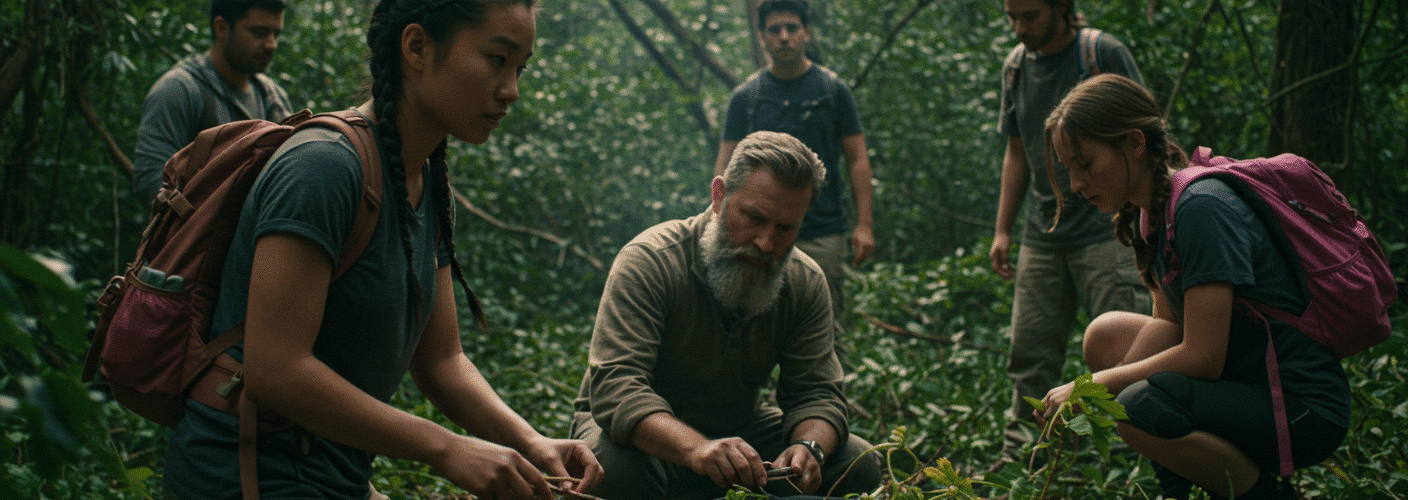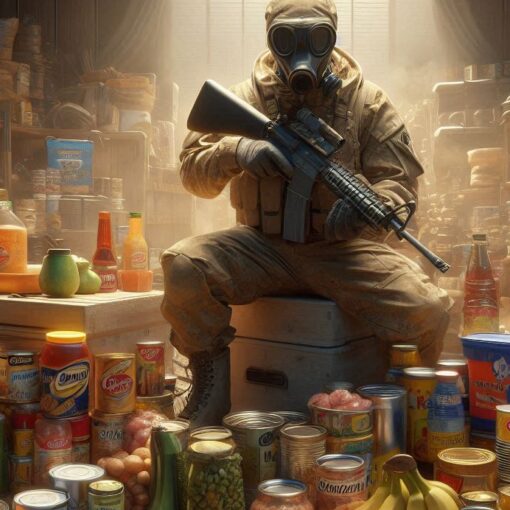What comes to mind when you think about being ready for an emergency? Is it the picture of a doomsday prepper with a bunker full of canned beans and freeze-dried foods? Or maybe it’s just the annoying sensation that you should probably have a strategy. Don’t be afraid! I’m here to explain the basics of being ready for an emergency in a way that won’t put you to sleep faster than your history class in high school.
Let’s get into this together, okay? Emergencies can arise when we least anticipate them, after all. Being ready is the most important thing, whether it’s a natural disaster like an earthquake or storm or something as simple as a power loss during your favorite TV show.
Top Takeaways and Key Concepts
- Identify local risks and prepare for the most likely emergencies in your area first.
- Create a family emergency plan with clear roles, backup communication, and meeting locations.
- Build an emergency kit with water, non-perishable food, hygiene items, and essential tools.
- Stay informed using radios, alerts, and community resources when power or internet fail.
- Practice emergency drills regularly to build confidence and reduce panic during real crises.
Summary of This Article
This article explains emergency preparedness in a simple, practical way for everyday people—not just hardcore doomsday preppers. It emphasizes identifying the most likely disasters in your area, such as storms, earthquakes, or civil unrest, and tailoring your plan to fit those threats. Readers are encouraged to create a family emergency plan with backup communication tools and meeting points, then build a survival kit with water, food, hygiene supplies, and comfort items to manage stress. The article also stresses staying informed through radios and community organizations and highlights the importance of practicing drills together so everyone knows what to do when emergencies strike. Overall, it promotes safety, confidence, and teamwork through smart preparation.
Video of This Article
Understanding Different Types of Emergencies
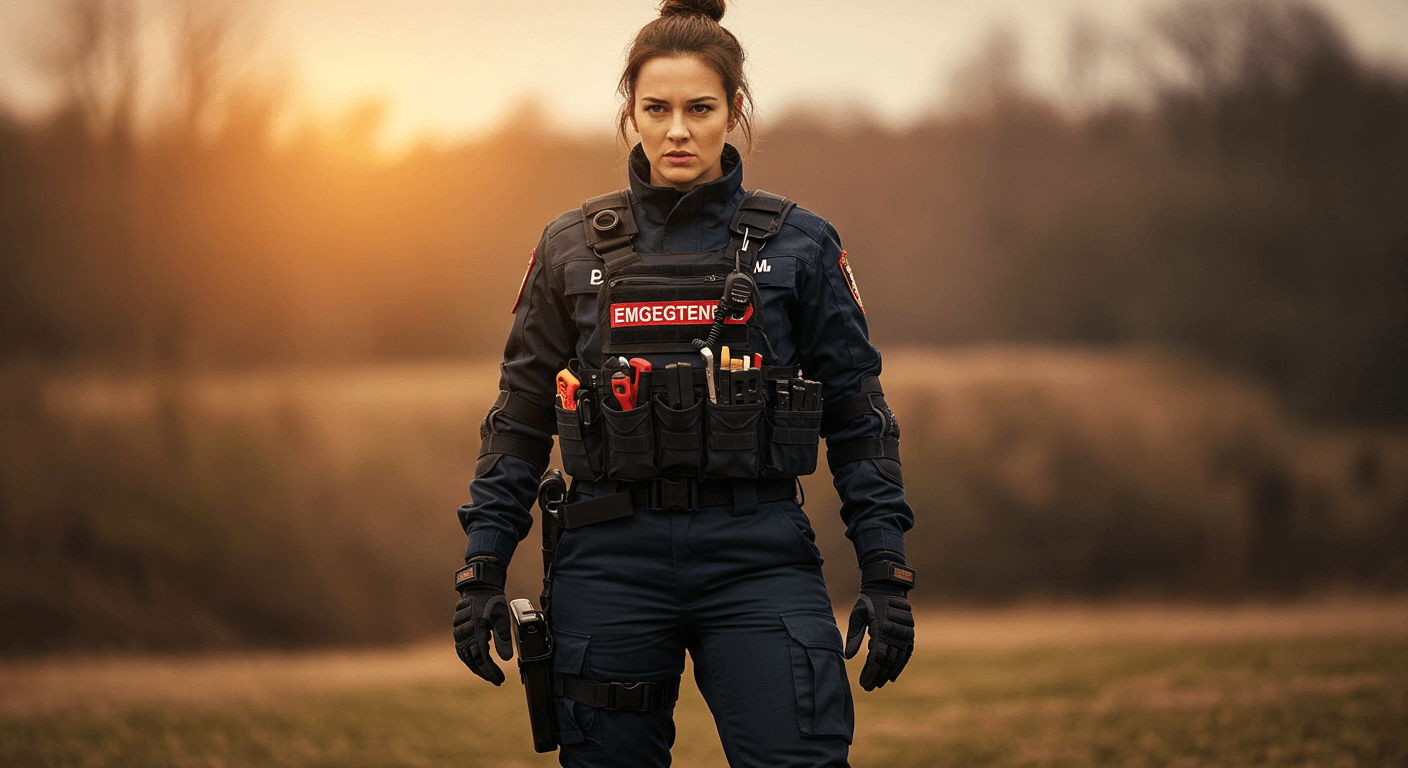
Let’s talk about the kinds of emergencies you could have to deal with first. It sounds more dramatic than it is, like in an action movie where everything goes wrong. There are natural catastrophes like floods and wildfires, man-made disasters like chemical spills or terrorist threats, and then there are everyday emergencies like medical problems or vehicle accidents.
You need to prepare differently for each kind of emergency, and the first step in making a good plan is to know what dangers you face. One thing that you may consider would be to check out some complete survival kits. If you live in a place that gets storms a lot, it’s not just about having extra snacks for movie night; it’s also about being ready for possible evacuations or long power outages. This involves putting up extra water—at least a gallon per person every day for a few days—and stocking up on non-perishable foods like canned goods, dried fruits, and energy bars. You know, the kind of food that won’t go bad before you eat it!
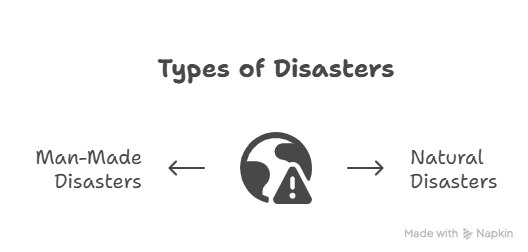
Now, let’s turn the tables. If you live in a city where civil disturbance could break out (yikes!), your strategy changes a lot. Here, it’s quite important to know how to deal with circumstances that could go out of hand. If things start to get dangerous outside, you might want to learn about local safe zones or areas where you can receive aid. It’s also a good idea to create a strategy for how to talk to family and friends so that everyone understands how to get in touch with each other if mobile coverage goes down.
But hold on! There’s more! Think about what other emergencies might happen a lot in your area. What about earthquakes? Fires in the wild? Snowstorms? You need to get ready and have varied supplies for each situation. If you are worried about earthquakes, for instance, anchoring heavy furniture and having an emergency pack ready with sturdy shoes and gloves could save your life when you have to go through debris after an earthquake.
So, my recommendation is to take some time to truly think about the hazards you are most likely to face where you live. There is value in looking at old statistics or talking to neighbors who have been through similar situations before. You will feel much more confident handling anything comes your way if you make your emergency plans fit the specific problems in your area. And really, isn’t it worth all the work to have peace of mind?
Creating Your Emergency Plan

Now that we know what kinds of catastrophes could happen, such uninvited party attendees at 2 AM, let’s talk about how to make your emergency plan. This isn’t just a casual brainstorming session; it’s more like making a plan for how to stay alive!
Get your family together and talk about possible situations. No joke! It will be fun—think of it as throwing a surprise party, but instead of cake and balloons, you’re getting ready for possible chaos. Make sure everyone in the family knows what their job is in case of an emergency.

Next is communication, which may seem simple until you remember that if the towers go down, your faithful cell phone could become a fancy paperweight. Picture this: you’re attempting to get in touch with your family amid a crisis, and all you get is that horrible “call failed” message. It’s annoying, isn’t it? That’s why it’s so important to have a backup plan.
First, think about picking a place to meet outside of your home or neighborhood. This place should be easy to find, like the large oak tree in the park or the strange monument in the city center, but it should also be safe from any imminent threats. Believe me, no one wants to play hide-and-seek when the stakes are high! It’s like looking for Waldo in a sea of red and white stripes while you’re in a hurry; it’s not pleasant at all!
Think about how easy it will be to get to your place. Is it close enough to walk to? Will everyone be able to find their way there without getting lost? And let’s be honest: no one needs more stress on top of an emergency! Also, think about any risks that might come up along the way. If you live in a region that floods easily, for example, make sure the place you choose to meet won’t turn into an island when it rains heavily.
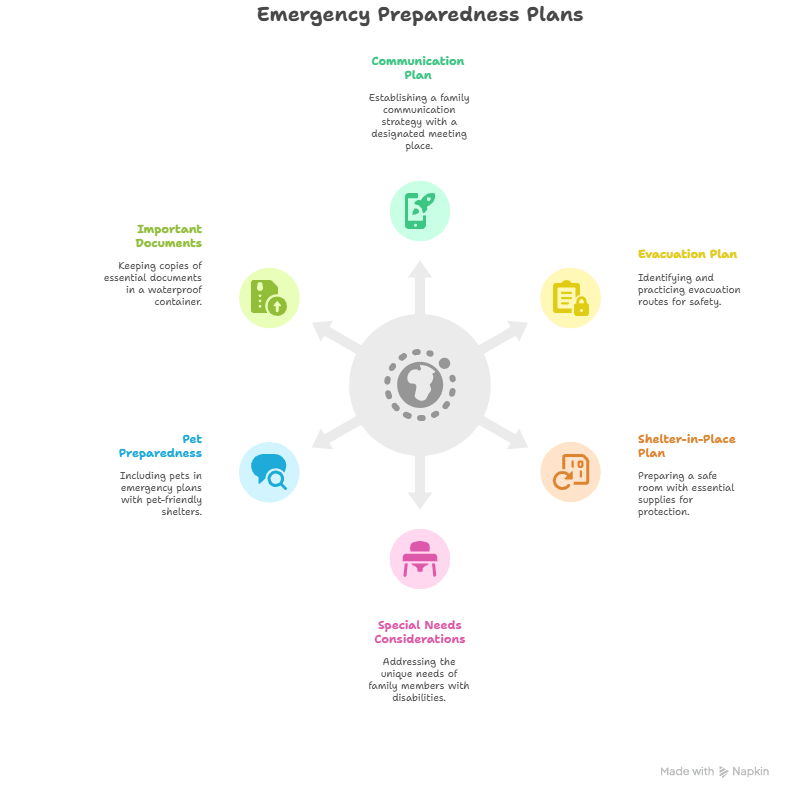
Once you’ve chosen a spot to meet, practice going there as a family. You may even make it part of a weekend trip. Bring snacks and spend some time outside while you get to know the way. This not only helps you remember things, but it also gives you confidence that you can find your way around in new places when you’re under pressure.
And don’t forget about other ways to talk to each other! We use our phones a lot these days (who doesn’t enjoy texting?), but walkie-talkies and two-way radios can save our lives when technology fails us. You may keep them charged and in your emergency pack so they’re always ready to use.
In short, making sure you have good ways to talk to one other before a tragedy can make all the difference in keeping your loved ones safe and connected when things go wrong. So, talk to your family about these ideas immediately. It could help you from getting too worried later!
Building Your Emergency Kit

Once you’ve had your plan set (high fives all around), it’s time to put together that all-important emergency pack! Imagine being stuck at home without power because Mother Nature needs some drama in her life (thanks a lot!). Being prepared with resources can make a big difference in whether you feel scared or relaxed.
What should go in this amazing bag of wonders? Begin with a lot of water. For at least three days, the rule of thumb is one gallon of water per person each day. Then add stuff that won’t go bad, including canned goods, granola bars, and peanut butter (because who doesn’t love peanut butter?). Don’t forget basic hygiene items either. Trust me on this one: you don’t want someone to get angry because there isn’t any toilet paper!
And since we’re talking about grouchy folks, let’s not forget how important it is to bring some things that will make you feel better. When something bad happens, stress can go through the roof, like a kite on a windy day. Having a few beloved games or books hidden away is a surefire strategy to stop everyone from becoming grumpy gremlins. When the world outside feels like it’s gone crazy, who wouldn’t want to read a thrilling adventure story or play a fun game of Uno with the family?
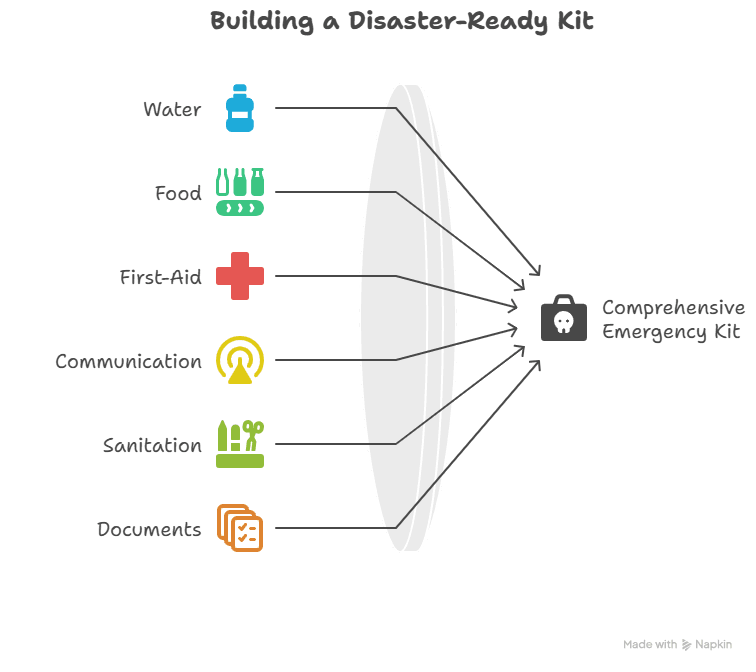
First, think about what your kids like best. It might be the multicolored building blocks that let them make whole towns, or it could be their favorite stuffed animal that isn’t in great shape but still makes them feel warm and fuzzy. And don’t forget about the adults! They need comfort too! A good book can take you far away from reality. I can’t think of anything more relaxing than cuddling up with a fascinating mystery novel while you wait out a storm.
Let’s be honest for a second: it’s important to relax when things are hard. It’s like putting on your favorite fuzzy socks after a rough day; it makes everything feel better. So think about adding some things that adults can use to your collection, such crossword puzzles or even a deck of cards for those last-minute poker evenings that might help calm your nerves in the middle of all the craziness.
If you have room, you should also bring some creative supplies. Adults have learned how soothing it can be to let their inner artist out, so coloring books and crayons aren’t just for kids anymore. Also, it’s quite enjoyable to doodle while listening to the noises of nature or whatever chaos is going on outside your window!
But here’s where it gets really interesting: comfort goods don’t always have to be something you can touch. If you have battery power, you might want to think about adding playlists or audiobooks to your devices. Nothing settles nerves like music or an interesting tale being read aloud.
In summary, by putting these tiny things that make you happy in your emergency pack ahead of time, you can keep everyone’s spirits up and make sure everyone stays connected and interested during times of uncertainty. After all, laughter and fun are frequently the best medicine, even when life tosses us curveballs we didn’t see coming!
Staying Informed During Emergencies
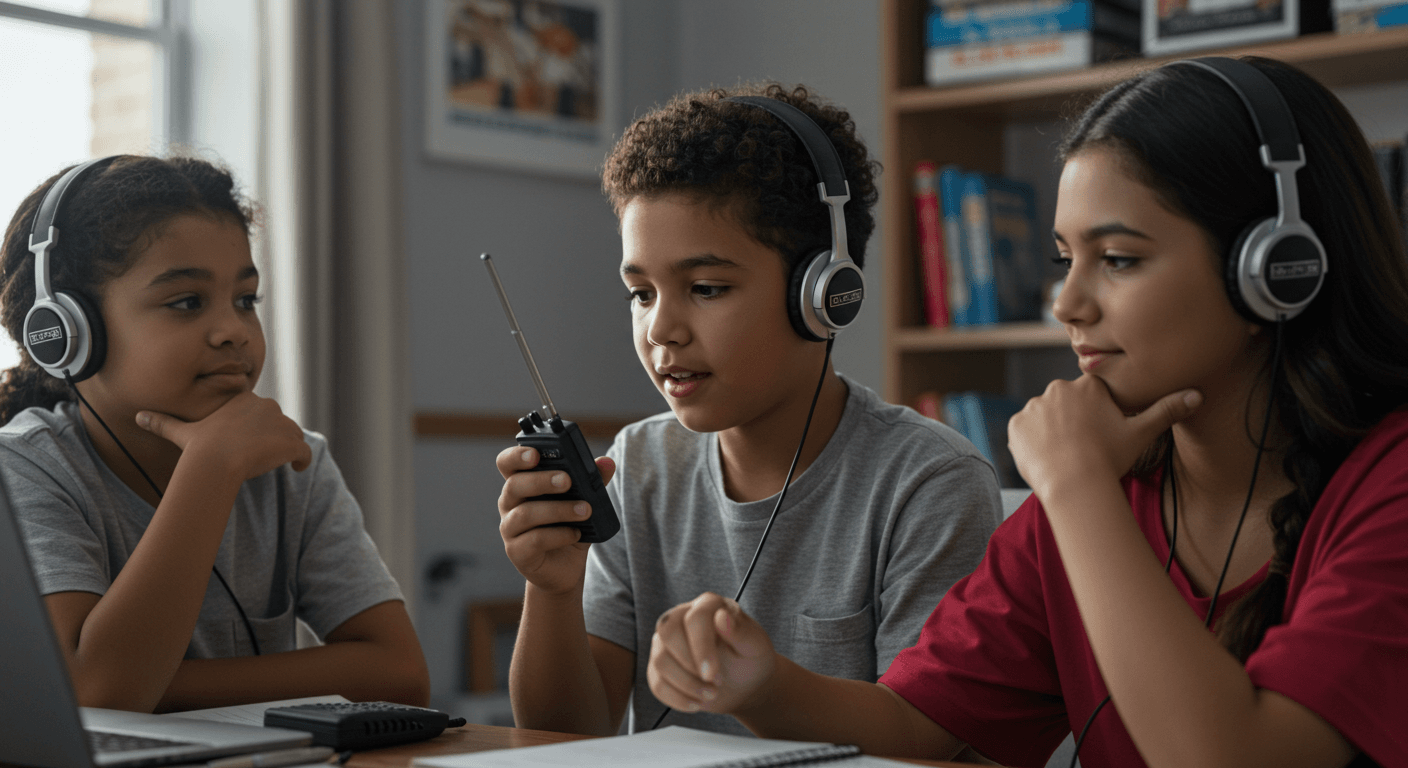
Being ready doesn’t only mean having supplies on hand; it also involves staying up to date! We have a lot of technology that can help us keep track of news and weather warnings rapidly these days, but what happens when the power goes out?
It is a good idea to buy battery-powered radios or even hand-crank radios so you can listen to the news while you stay warm and cozy under blankets and drink hot cocoa (or whatever helps you relax). Also, think about following local agencies on social media. They often share important news during emergencies.
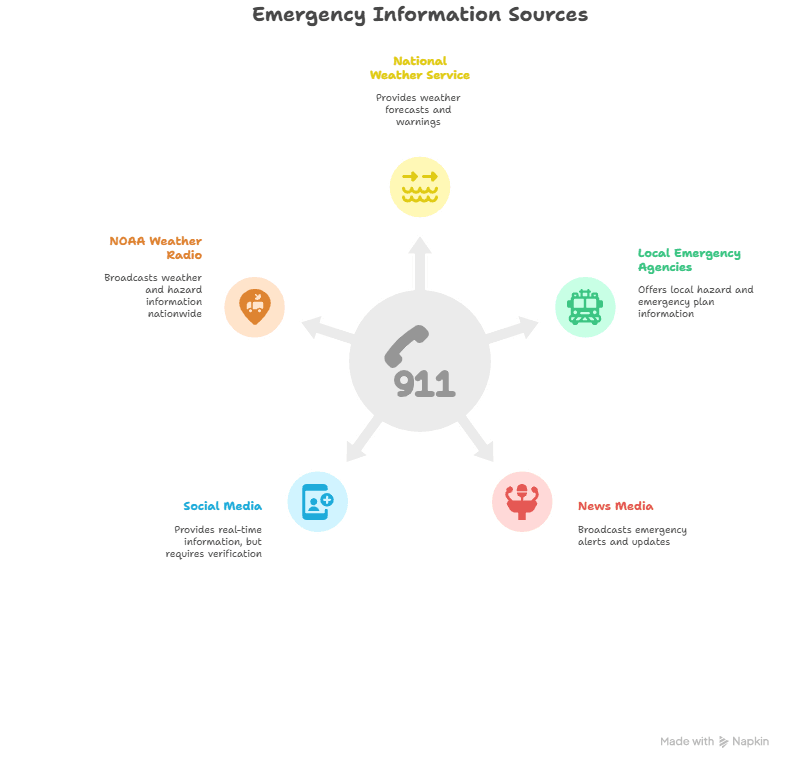
Don’t forget about community resources, either! Your neighborhood might be your best friend when things become rough. It’s important to know what local groups have planned for emergencies since it can make a big difference. You might be stuck in a storm and suddenly remember that there’s a warm, safe place to stay just down the block, with snacks, warm blankets, and maybe even some friendly people to talk to. Sounds a lot better than being alone, right?
First, you should look into what your local government has set up. Many cities have offices that are in charge of planning for disasters. They typically give out information like how to get out of a building in an emergency, safety recommendations, and even training on how to get ready for different kinds of situations. If you look, you’ll be astonished at how much knowledge is out there!
Also, remember to think about faith-based groups and nonprofits in your area. When circumstances get difficult, these groups often step up and give shelters or other forms of help. Food banks that provide meals and churches that open their doors as safe havens are just two examples of institutions that are often at the front of community response efforts. Plus, they frequently have volunteers who know how to deal with tough situations, which is like having an extra layer of support around you.
Now let’s talk about making connections! Joining local community groups not only keeps you up to date, but it also helps you make connections that might be very helpful in an emergency. Imagine this: you’re at a community meeting talking about how to get ready for emergencies when someone brings up what happened to them during last year’s flood. You learn a lot from each other! Sharing what you know can make everyone feel stronger, and who knows? You might even make new pals along the way.
Many communities also hold regular exercises or courses to help people get ready for emergencies. You may practice your skills and meet other people who care about safety as much as you do by going to these events. It’s like a small boot camp for getting ready for disasters, but without the yelling drill sergeant.
So keep in mind that using community resources is not only sensible, but it can also change how you deal with problems in the future! We make our relationships stronger by working together and helping each other through good times and bad. This helps us get through anything life throws at us, even if it means dodging flying debris or going on unexpected adventures!
Practicing Your Skills

I know that practicing could seem boring, like doing laundry, but please listen to me. Reviewing your emergency plan on a regular basis makes sure that everyone knows what they need to do and how to do it. And why not make practice an adventure?
Every few months, make time for drills where you act out different situations. I mean, think about it: what would happen if you were just sitting on the couch, eating popcorn, and watching your favorite show and an earthquake hit? The earth shakes like it’s in an action movie all of a sudden! Reading about emergency protocols is one thing; actually doing them is another. By doing these drills, you’re not only getting everyone ready mentally, but you’re also turning stressful situations into fun family bonding times.
Now, let’s use our imaginations with those situations! What would you do if floods started to come toward your door? Imagine this: it’s pouring rain outside, and all of a sudden, the small stream of water turns into a small river right outside your door. You may rush around like a chicken with its head cut off or calmly carry out your well-thought-out strategy. Drills assist each family member know what to do should things get scary by giving them a specific role. Maybe Dad fetches the emergency kit while Mom checks on the dogs. Who knew getting ready for a tragedy could be like a choreographed dance?
And speaking about dancing, yeah, I said dancing! You may make these drills more fun by adding some fun things to them. This will help everyone feel more at ease with important themes. For instance, why not make your fire escape plan into a relay race? Put up barriers and see who can get their go-bag and get to the “safe zone” first. Believe me, family members will giggle as they fall over furniture or their own feet in the name of being ready!
It’s interesting that these drills teach you more than just how to react in an emergency. They teach us how to be strong and flexible, which are traits we all need in life. Also, they get people talking about safety in a way that might be too heavy or difficult to do during dinner. Kids love talking about what they learned during exercises, and you might be shocked by how seriously they take things (even if they laugh through it).
So don’t forget to set up those practice sessions! They not only give everyone the knowledge and skills they need for real life, but they also make great memories full of friendship and humor, even when talking about serious things! When you have to deal with problems in the future, having a strong base of teamwork makes things appear a little less scary and maybe even fun along the way!
And hey, if nothing else comes from these activities, you’ll at least be able to brag to your pals about how “prepared” you truly are!
Final Thoughts on Emergency Preparedness
Being ready provides us piece of mind because we know we’ve done something to stay safe, even when life throws us curveballs (and believe me, it will!). So get those supplies together, make that great plan with your loved ones, remain up to date with trusted sources, and practice your talents often. When unforeseen problems come up, you’ll feel stronger instead of scared.
Don’t forget that being ready is not only smart, it’s also necessary! If you keep these tips in your pocket (or backpack), you’ll be ready for anything life throws your way next!
Frequently Asked Questions
1. What is the first step in preparing for an emergency?
The first step is identifying the types of emergencies most likely to affect your area. Whether you face hurricanes, earthquakes, blizzards, or civil unrest, understanding your local risks helps you build a plan and gather supplies that make sense for your situation.
2. How much water should I store for emergency use?
Experts recommend storing at least one gallon of water per person per day for a minimum of three days. This covers drinking, cooking, and basic hygiene needs. More is better, especially if you expect emergencies like storms or water service disruptions.
3. What should I include in my family emergency plan?
A family emergency plan should include roles for each person, evacuation routes, two designated meeting locations, and backup communication methods like radios or walkie-talkies. Make sure everyone knows the plan and practice it regularly.
4. What items belong in an emergency kit?
Your kit should include essentials like water, non-perishable food, a flashlight, a first aid kit, hygiene items, batteries, and important documents. It’s also smart to include comfort items like books, games, or music to relieve stress during extended emergencies.
5. Why are backup communication methods important?
Cell phone networks may fail during disasters, leaving you unable to call or text others. Walkie-talkies, two-way radios, or even written meet-up plans ensure your family can reconnect and stay safe even when technology breaks down.
6. How can I stay informed during a disaster when the power is out?
Keep a battery-powered or hand-crank radio in your emergency kit to receive weather and safety updates. Local authorities also provide updates through community centers and emergency shelters when digital communication is unavailable.
7. How often should I practice my emergency plan?
Emergency plans should be practiced at least every few months. Regular drills help build muscle memory so your family knows exactly what to do during a real emergency, reducing panic and confusion when it matters most.
Suggested Resources
Emergency Preparedness Tips
https://www.ready.gov/prepare
FEMA’s Guide to Emergency Preparedness
https://www.fema.gov/emergency-preparedness
American Red Cross Disaster Preparedness
https://www.redcross.org/get-help/how-to-prepare-for-emergencies.html

Kevin Collier is a seasoned outdoor enthusiast and writer for Trekbug.com, specializing in outdoor adventures, survival strategies, and prepping insights. With a deep love for nature and a commitment to self-sufficiency, Kevin empowers readers to embrace the wilderness confidently. He shares valuable tips, practical techniques, and inspiring stories, helping both novice and experienced adventurers develop essential skills for surviving and thriving in the great outdoors.

